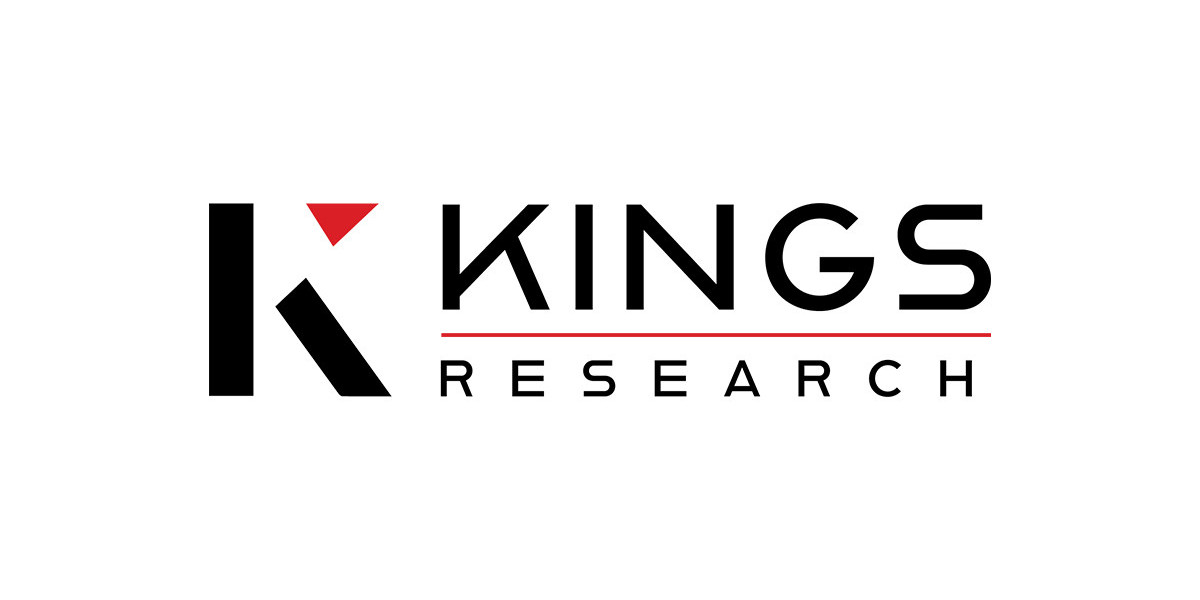Introduction
Commercial roofing is a cornerstone of any industrial or commercial structure. It not only protects the building but also contributes to energy efficiency, safety, and the overall value of the property. Understanding the different types of roofing systems and their benefits can help business owners make informed decisions.
Key Types of Commercial Roofing
1. PVC Roofing
Polyvinyl Chloride (PVC) roofing is highly durable and resistant to chemicals, fire, and water. It is ideal for facilities like restaurants or factories where chemical exposure is common.
2. Green Roofing
Green roofs are eco-friendly systems that involve planting vegetation on the rooftop. These roofs improve insulation, reduce energy costs, and provide a natural habitat for wildlife.
3. Modified Bitumen Roofing
Modified bitumen is an asphalt-based system that offers excellent waterproofing. It is typically used on flat or low-slope roofs and provides enhanced flexibility.
4. Spray Polyurethane Foam (SPF) Roofing
SPF is a unique system where liquid material is sprayed onto the roof and expands into foam. It creates a seamless, energy-efficient barrier that provides excellent insulation.
Choosing the Right Roofing System
Selecting the appropriate commercial roofing system depends on several factors:
- Building Design: The roof type (flat or sloped) influences the choice of materials.
- Climate: Consider weather conditions such as heat, snow, or heavy rainfall when choosing a roofing system.
- Budget: Balance upfront costs with long-term maintenance and energy savings.
Importance of Professional Installation
Professional installation is crucial for ensuring the roof’s performance and longevity. Poor installation can lead to leaks, structural damage, and reduced lifespan. Working with experienced contractors ensures the use of quality materials and adherence to safety standards.
Regular Maintenance Practices
Maintaining a commercial roof is essential for preventing costly repairs and extending its life:
- Inspect the roof semi-annually and after major weather events.
- Address drainage issues to prevent water pooling.
- Seal cracks and repair punctures promptly.
- Remove debris and ensure clear gutters.
Signs Your Roof Needs Attention
Business owners should watch for these warning signs:
- Visible Damage: Cracks, blisters, or missing components.
- Increased Energy Bills: Indicates potential insulation or sealing issues.
- Water Stains: Signs of leaks or water damage inside the building.
- Sagging Areas: A potential indicator of structural problems.
Conclusion
Commercial roofing is a vital investment that impacts a building’s safety, efficiency, and longevity. By understanding the various roofing options and implementing proper maintenance, businesses can maximize the benefits of their roofing systems. Partnering with professionals ensures that the roof meets the unique needs of the building, providing long-term value and peace of mind.



